PEGASUS
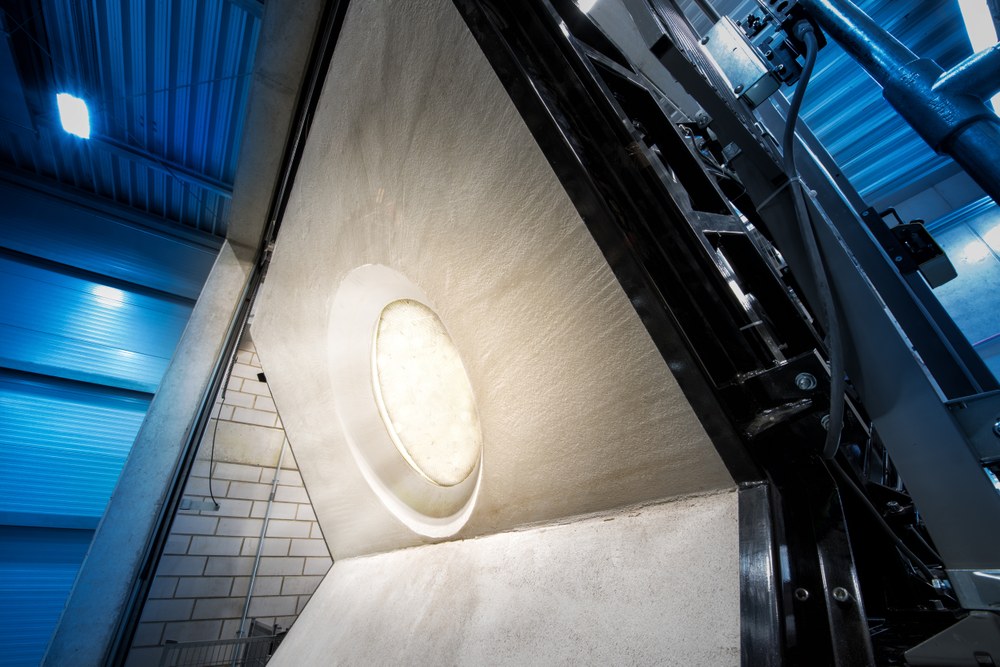
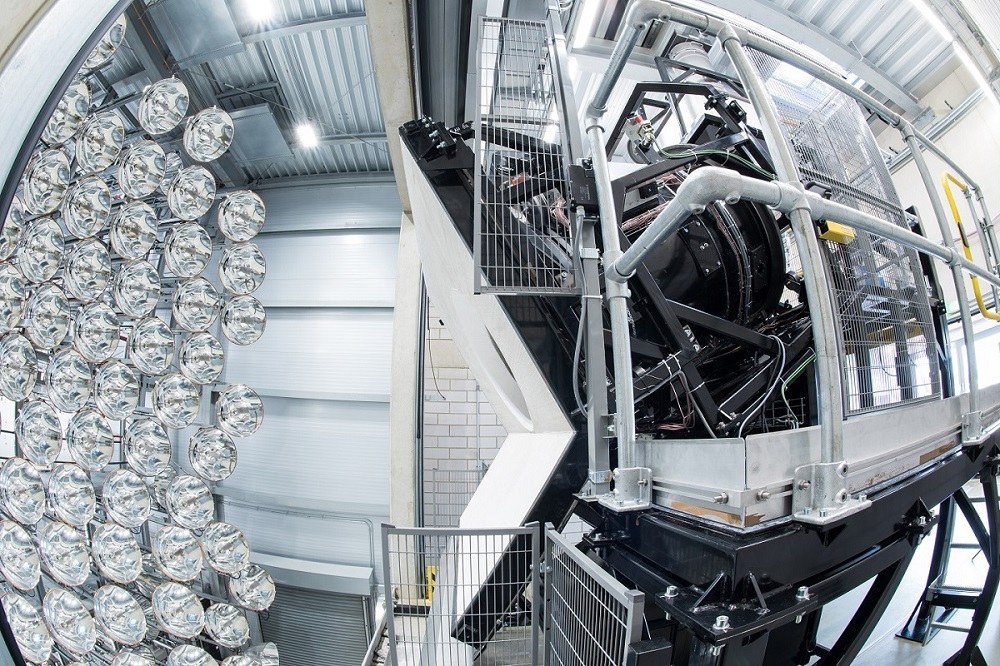
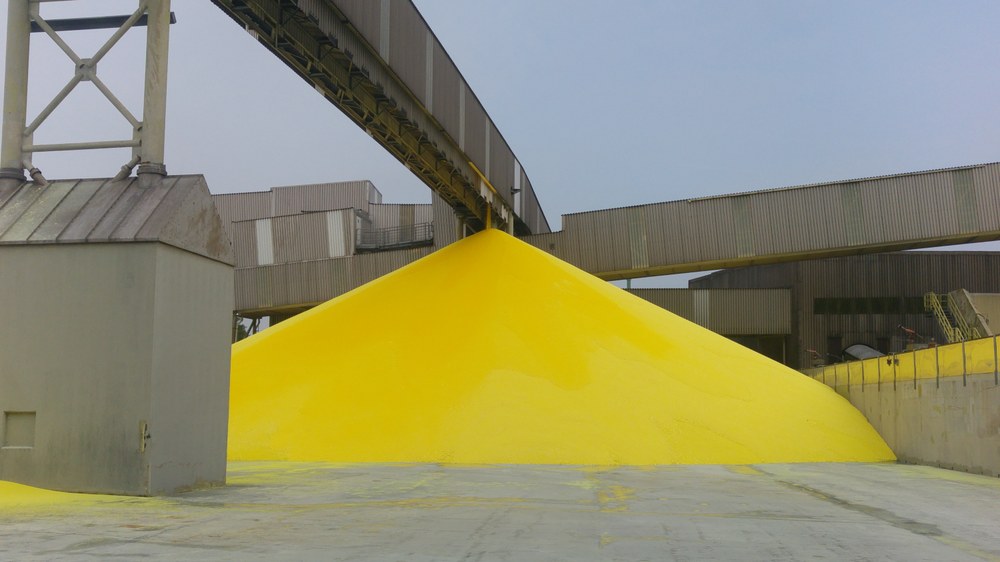
Renewable PowEr Generation by Solar PArticle Receiver Driven SUlphur Storage Cycle
Duration: 1.11.2016 – 30.6.2021
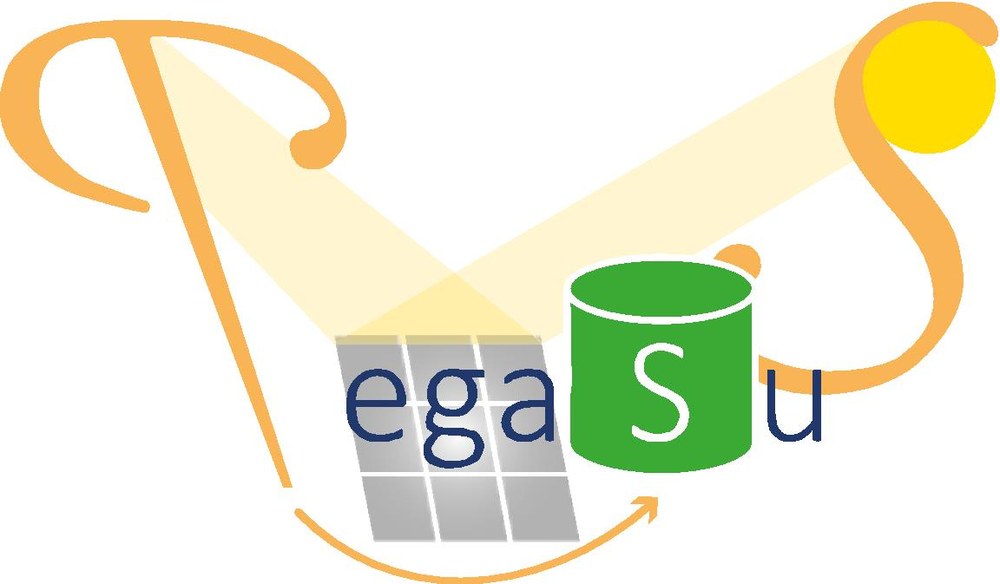
Effective and economic long-term storage of solar energy is crucial in order to fully replace fossil power plants by renewable sources. In this context, the European project PEGASUS investigates a novel power cycle for renewable electricity production combining a concentrating solar power (CSP) plant with a sulphur storage system for 24 hours baseload operation.
Sulphur is one of the most important raw materials of the chemical industry needed to produce sulphuric acid at a production rate of worldwide more than 100 Mio. tons a year. Processing sulphur, sulphuric acid and their derivatives is, therefore, well-known and a standard industrial application. The innovation of the introduced sulphur cycle is to combine a conventional sulphuric acid production plant with a concentrated solar power (CSP) plant as presented in following process diagram.

In this process, sulphur is the fuel of a power plant producing baseload electricity and sulphur dioxide (SO2) gas. The SO2 is mixed with water and converted to fresh sulphur and diluted sulphuric acid in an innovative disproportionation reactor. Storage of these products is a standard procedure of the chemical industry: sulphur is simply collected on a pile while sulphuric acid goes to dedicated tanks. Concentration and decomposition of the sulphuric acid is carried out by CSP producing additional SO2 to be disproportionated to sulphur. During on-sun operation the sulphur storage is filled while emptying the sulphuric acid tank and vice versa at night-time or during cloudy weather. In total, renewable electricity is generated at a constant production rate supplying baseload power while sulphuric acid and sulphur act as energy carriers and are recycled in the process.
The project PEGASUS is co-funded by the Innovation and Networks Executive Agency (INEA) of the European Commission and is administratively and technically coordinated by DLR. Project partners are the Greek research institute APTL/CERTH (catalyst materials developer), the German university and research center KIT (expertise in combustion), the Polish company Baltic Ceramics (advanced ceramics manufacturer), the Italian company Processi Innovativi (Power plant designer/contractor) and the Israeli company BrightSource (CSP plant designer/contractor).
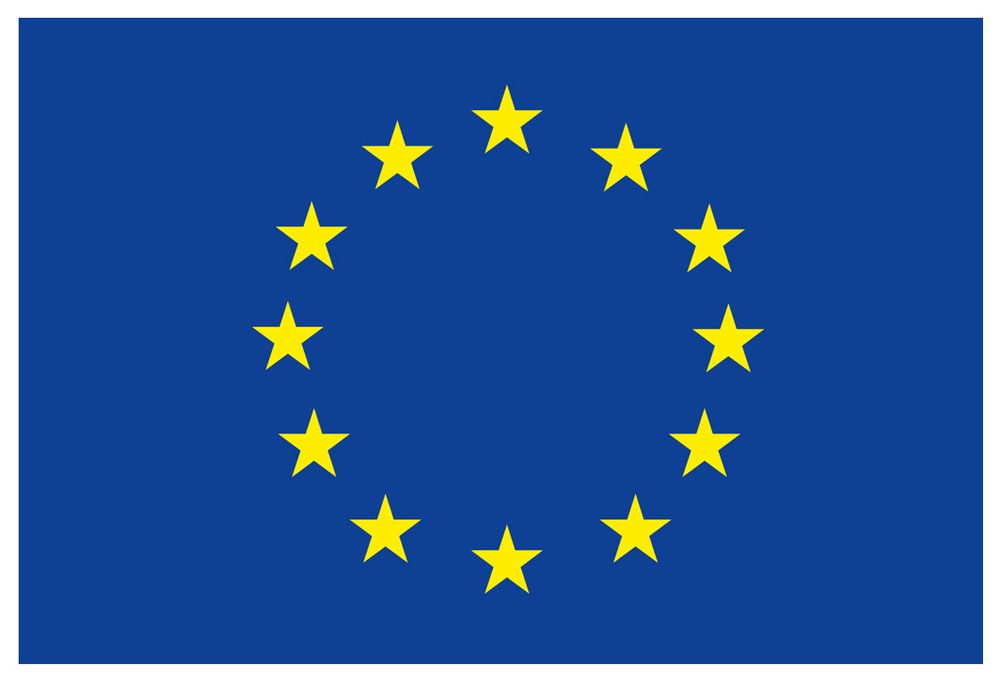
European Union
During the project, DLR’s solar centrifugal particle receiver with its inherent thermal storage concept will be connected to a newly developed moving particle bed reactor for sulphuric acid decomposition. Demonstration operation of this integrated pilot unit is planned in the last project year at the DLR facility Synlight. For the solar receiver innovative and catalytically active particles will be developed to enhance the chemical conversion of the sulphuric acid splitting reactor. Furthermore, an advanced sulphur burner tailored for combined-cycle power generation will be designed and tested at laboratory scale. The experimental works will be accompanied by detailed modelling of all relevant plant components, overall process simulation and a techno-economic study in order to evaluate the future prospect of the technology.
Project | PEGASUS |
|---|---|
Duration | 1.11.2016 - 30.6.2021 |
Project participants |
|
Funding | INEA - Innovation and Networks Executive Agency (European Commission) Co-funded by the Horizon 2020 Framework Programme of the European Union |
